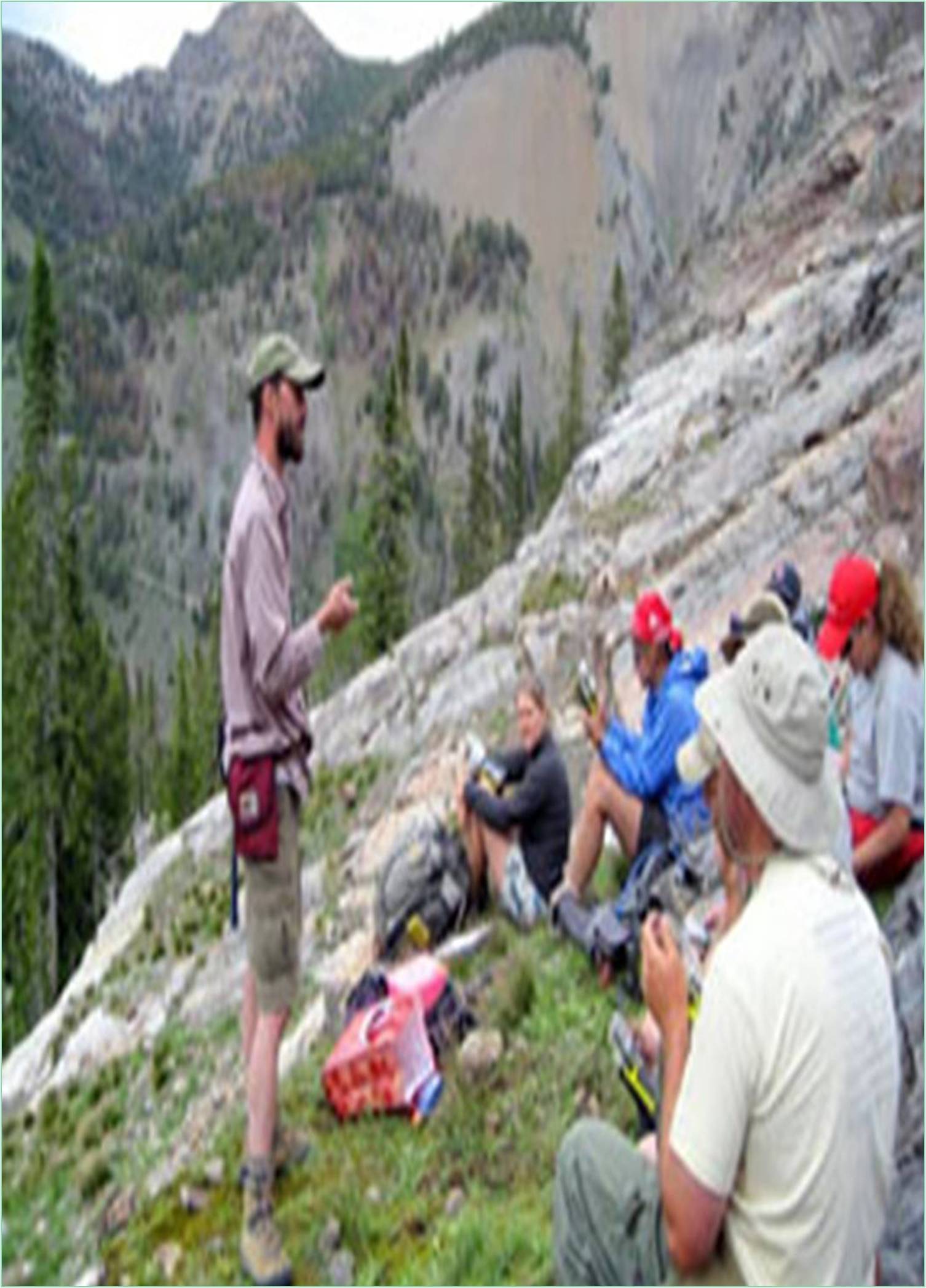



Received: 02-Feb-2022, Manuscript No. GJGG-22-59538; Editor assigned: 04-Feb-2022, Pre QC No. GJGG-22-59538(PQ); Reviewed: 18-Feb-2022, QC No. GJGG-22-59538; Revised: 23-Feb-2022, Manuscript No. GJGG-22-59538(R); Published: 02-Mar-2022, DOI: 10.15651/GJGG.22.10.05-06
A landslide occurs when part of a natural slope is not able to support its own weight. For example, soil material on a slippery surface underneath, can become heavy with rain water and slide down due to its increased weight. A landslide is a downward or outside movement of soil, rock or vegetation, under the weight of gravity. This movement can occur in multiple practices. It can be a fall, topple, slide, spread or flow. The speed of the shifting may range from very slow to rapid. The mass of moving material can demolish property along its path of force movement and cause death to people and animals (Shibasaki, 2019). Although landslides generally occur at steep slopes, they may also occur in areas with low relief or slope gradient. Cutting failures can occur during road excavations, building construction, river bank failures, lateral spreading of soil material, collapse of mines and waste fills. Slope failures associated with quarries and open pit mines, aquatic landslides on the bottom bed of lakes of res- ervoirs and coastal marines.
The fundamental causes of slope instability can be due to weakness in the composition, material or geological structure of rock or soil formation. External factors, which impact the ground water regimes. Examples are heavy rain snowmelt changes in ground water level and earthquakes or volcanic conditions (Goren, 2009). Creation of new site conditions such as changes to natural slope due to construction activities. Natural and manmade changes to such unstable slopes can trigger landslides. Human activities on slopes such asconstruction done without proper engineering inputs. Farming practices, removal of greenery cover and deforestation, etc. These activities may affect increase in slope grade or significant change in surface and ground water regimes adding to the unstableness of slopes (Heller, 2013).
Excavations or cut increase the slope angle fill operations carried out without specialist advice. Mining, blasting rock or recovery of land can also destabilize slopes. Agriculture activities on slopes affect removal of vegetation cover generally followed by terracing. Occasionally, farmers burn down vegetation as an accessible method of clearing land for cultivation. Commercial logging results in deforestation. These activities increase surface run-off of rainwater and expose the soil to erosion. Changes in water regime results from boosting or lowering of ground water table (Shibasaki, 2019). Alteration of surface drainage can also be a contributory factor. Irrigation alters natural surface drainage. Surface runoff of irrigated water on slopes exposes soil under cultivation to erosion. Allotment of this water is absorbed by soil increasing its weight, which can put an additional load on the slope. Accumulation of irrigated water on slopes can raise the ground water table. This can also affect from waste water discharge, water pipe leakage from permanent and temporary storage facilities such as ponds and subsurface irrigation facilities (Tekin, 2018). Human activities can also lead to the lowering of the water table. Pumping from underlined water supplywells, huge variation in lowering of water level in rivers, lakes or reservoirs can bring about decrease in water level under soil.
There are several natural factors that can cause slope failures. Intense rainfall or deposition of snow will raise the ground water table, decrease the soil strength and increases weight of associated material. Rapid snowmelt in mountains quick melting of snow adds water to soil mass on slopes. Fluctuations of water levels due to the tidal actions, these are the natural factors involved in the cause of slope failures.